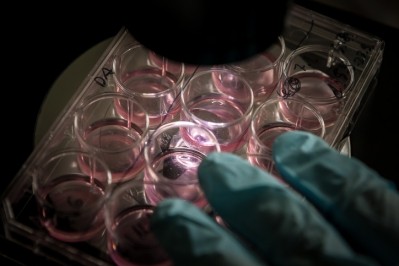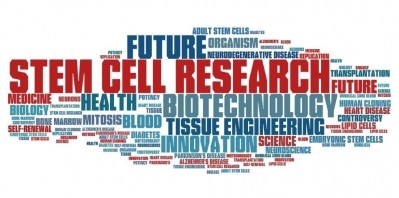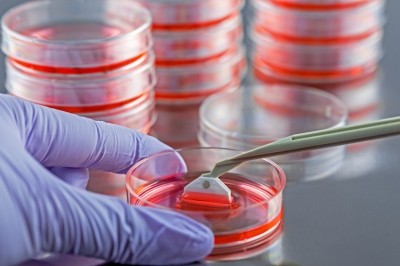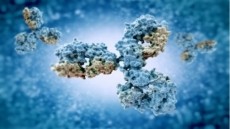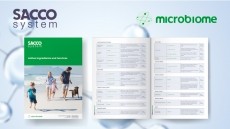Stem cell factories: New substrate opens door to mass produced regenerative therapies
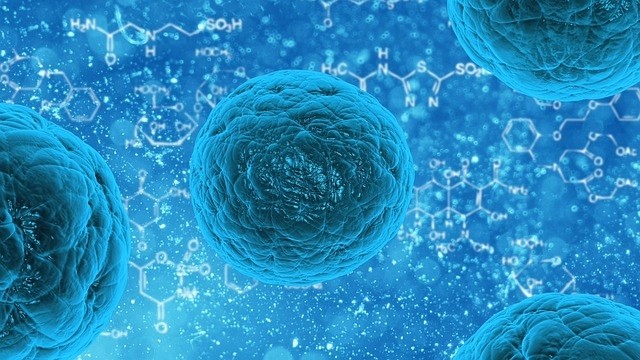
The polymer – which is called poly (HPhMA- co -HEMA) - combines N-(4-hydroxyphenyl) methacrylamide and 2-hydroxyethyl methacrylate. It is a substrate used to support the growth of stem cells, which it does more effectively than currently available commercial alternatives according to Morgan Alexander from the University of Nottingham.
“It is better because it is both fully defined and the same substrate allows the differentiation of the expanded pluripotent stem cells to cells useful in therapies, specifically we demonstrated cardiomyocytes, hepatocyte-like cells, and neural progenitors.”
The idea is culture vessels coated with the polymer are arranged into arrays – or factories – each capable of supporting the production of billions of human pluripotent stem cells for applications in regenerative medicine and transplants.
In addition to the being a more effective than currently used substrates, the Nottingham team also claim their polymer could help regenerative medicines developers reduce manufacturing costs.
Substrates a substantial cost
Substrates used for commercial stem cell production are expensive.
According to a recent review in Nature Materials making one billion human pluripotent stem cells with a polymeric substrate is ten to 15 times cheaper than using a biological equivalent like Synthemax, StemAdhere or Peptide-SAM to produce the same amount of cells.
Professor Alexander told us: “We make the substrate in our labs, the commercial cost is yet to be fully quantified-this will be done with commercial partners we hope to identify, but we are confident that it is significantly cheaper than existing solutions.”
To test this, the researchers are looking for commercial support Alexander said, explaining that: “The next stage is to partner with a company who wishes to produce and market these materials.
He added that: “As an academic lab, our core business is research and not product development. We are testing the substrate with potential commercial partners now.”
Commercial applications
The polymer has application in both the production of cells for drug safety testing and for regenerative therapies according to Professor Chris Denning.
He told us: “For these stem cell-derived cardiomyocytes, the value lies in understanding disease, testing to make safer drugs and potential for translation into cell therapy. For straight production of, say, recombinant proteins, there are easier and cheaper ways.”
Source: Advanced Materials
“Discovery of a Novel Polymer for Human Pluripotent Stem Cell Expansion and Multi-lineage Differentiation”
DOI: 10.1002/adma.201501351
